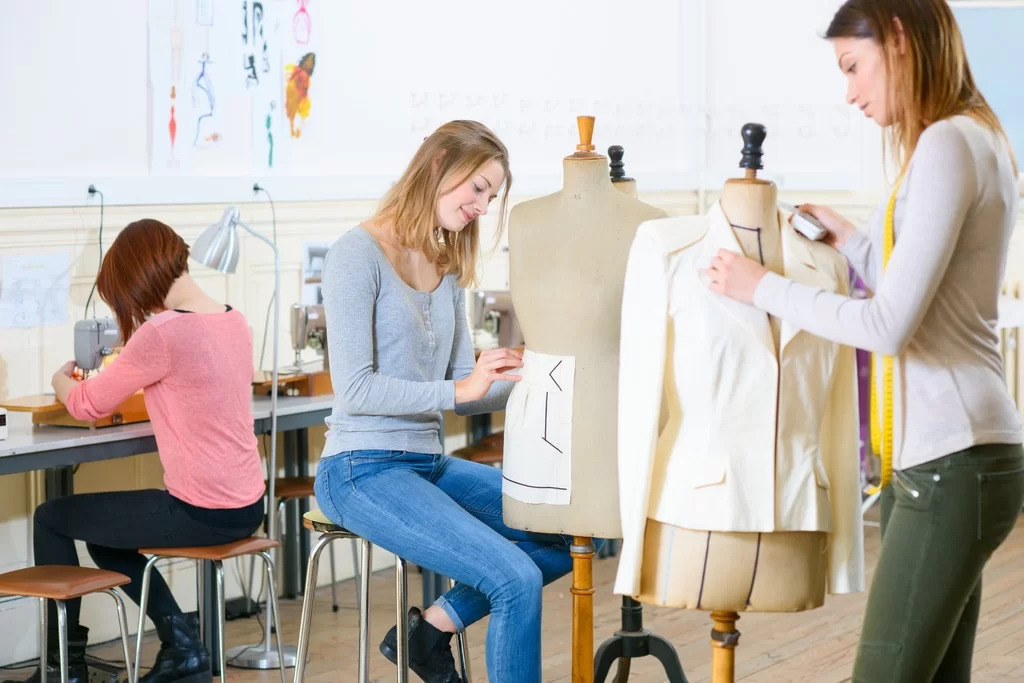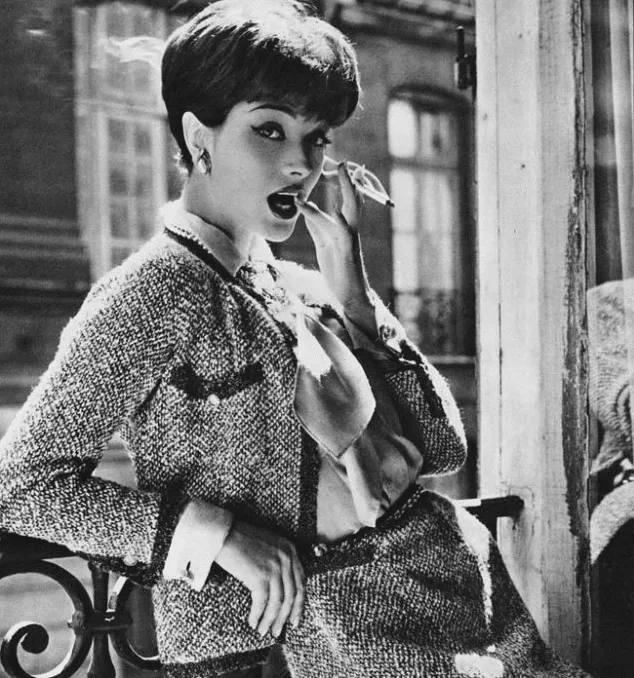The fashion industry is a fast-paced world where trends constantly change. It includes clothing, accessories, footwear, and more, all designed to reflect style and individuality. Fashion is not just about clothing; it’s a form of expression and culture, influencing how people present themselves to the world.
Education in fashion design is crucial because it provides the necessary skills and knowledge to succeed in this competitive field. Designers learn about textiles, color theory, pattern-making, and garment construction. They also understand the business side, such as marketing, branding, and production. A formal education offers a foundation for creativity, helping designers bring their visions to life. Moreover, it provides networking opportunities and industry insights, preparing aspiring designers for the demands and challenges of the fashion world.
Table of Contents
Fashion Design Basics
Fashion design is the art of creating clothing and accessories that are not only aesthetically pleasing but also functional and reflective of trends and culture.
- Creativity: Fashion designers are artists who use fabrics, colors, and shapes to create unique pieces that make a statement.
- Technical Skills: This includes knowledge of pattern-making, draping, sewing, and garment construction techniques.
- Trend Awareness: Fashion designers must stay updated with the latest trends in the industry, understanding what styles are popular and forecasting future trends.
- Functionality: While creativity is important, fashion designs also need to be practical and wearable, considering factors like comfort and fit.
- Textile Knowledge: Understanding different fabrics, their properties, and how they drape and move is essential for creating the desired look.
- Detail Orientation: From intricate embellishments to precise stitching, attention to detail is crucial in creating high-quality fashion pieces.
Degrees and Education
Choosing the right program depends on individual career goals and interests. A formal fashion design education not only teaches design skills but also provides opportunities for internships, networking with industry professionals, and exposure to real-world challenges.
- Associate’s Degree: This is a two-year program that provides a foundation in fashion design principles, including courses on textiles, pattern-making, and sewing. It’s a good starting point for those who want a quicker entry into the field or plan to pursue further education later.
- Bachelor’s Degree: A four-year bachelor’s program offers a more comprehensive education in fashion design. Students delve deeper into design theory, garment construction, fashion history, and often have the chance to specialize in areas like menswear, womenswear, or accessories design.
- Master’s Degree: For those seeking advanced knowledge and specialization, a master’s degree in fashion design or a related field is an option. These programs typically focus on research, design development, and advanced techniques, preparing graduates for leadership roles in the industry.
- Specialized Programs: Some schools offer specialized programs such as fashion merchandising, fashion marketing, or fashion technology. These programs cater to specific interests within the industry and provide targeted education.
Benefits of a Fashion Design Degree
a fashion design degree not only enhances technical skills and creativity but also provides invaluable industry knowledge, networking opportunities, and access to resources, setting the foundation for a successful career in fashion design.
- Skill Development: Fashion design programs provide a structured environment to develop essential skills such as pattern-making, garment construction, draping, and textile knowledge. These hands-on skills are crucial for creating high-quality and innovative designs.
- Creativity Enhancement: Through coursework, projects, and critiques, students are encouraged to explore and expand their creative boundaries. They learn to translate their ideas into tangible designs, developing a unique design aesthetic.
- Industry Knowledge: Fashion design degrees cover various aspects of the industry, including fashion history, trends, and business practices. This knowledge equips designers with a deep understanding of the market and consumer preferences.
- Networking Opportunities: Students have access to industry professionals, guest speakers, and alumni networks through their programs. Building connections during school can lead to internships, mentorships, and job opportunities post-graduation.
- Exposure to Real-world Challenges: Many programs offer internships or collaborations with fashion companies, providing real-world experience. Dealing with industry challenges, deadlines, and client needs during internships prepares students for the demands of the profession.
- Access to Resources: Fashion design programs provide access to specialized equipment, studios, and workshops that may not be available otherwise. Students can experiment with different techniques and materials, honing their craft.
- Credibility and Marketability: A degree from a reputable fashion school adds credibility to a designer’s portfolio. Employers often prefer candidates with formal education, and clients may perceive designers with degrees as more professional and knowledgeable.
- Global Perspective: Many fashion design programs offer opportunities for international study or exposure to diverse cultural influences. This global perspective can inspire creativity and provide a broader understanding of the industry on a global scale.
Alternative Paths to Fashion Design
While a formal fashion design degree is valuable, there are alternative paths for aspiring designers to enter the industry.
Self-Teaching and Online Courses
With the abundance of online resources and courses, individuals can learn fashion design skills independently. Websites, tutorials, and online platforms offer courses on everything from sketching and sewing to pattern-making and fashion illustration.
Apprenticeships and Mentorship
Working under an experienced designer through an apprenticeship or mentorship can provide hands-on learning. This approach allows aspiring designers to learn from someone established in the field, gaining practical skills and industry insights.
Starting a Fashion Brand
Some designers bypass formal education and dive straight into starting their own fashion brands. While challenging, this path allows for creative freedom and entrepreneurship. Designers can learn through trial and error, building their brand identity and gaining experience in the business side of fashion.
Short-Term Workshops and Seminars
Many fashion schools and organizations offer short-term workshops and seminars on specific aspects of fashion design. These can be a more focused and cost-effective way to learn specific skills or techniques.
Portfolio Development
Regardless of the path taken, building a strong portfolio is essential. A portfolio showcasing a range of design work, sketches, and finished pieces is what ultimately attracts clients, employers, or collaborators. Designers can work on personal projects, collaborations, or freelance gigs to build their portfolio.
Industry Networking
Attending fashion events, trade shows, and networking mixers allows individuals to connect with industry professionals. Building relationships with photographers, models, stylists, and other designers can lead to collaborative opportunities and exposure.
Fashion Communities and Forums
Joining online fashion communities and forums can provide valuable feedback and support from peers. Platforms like Instagram, Pinterest, and fashion-specific forums offer spaces to showcase work, receive critiques, and connect with other designers.
Conclusion
There are different ways of What Degree Do You Need to Be a Fashion Designer. Getting a fashion design degree gives a solid education with skills, industry knowledge, and networking. This path suits those aiming for careers in design houses or fashion brands.
Alternatively, some choose self-teaching or apprenticeships. These paths need determination and a willingness to learn on the job. Starting a fashion brand without a degree is another option, offering creative freedom but requiring hard work. Regardless of the path, continuous learning, a strong portfolio, and staying connected to the fashion world are vital. Whether with a degree or not, passion for design and a drive for creativity define a successful fashion designer.







